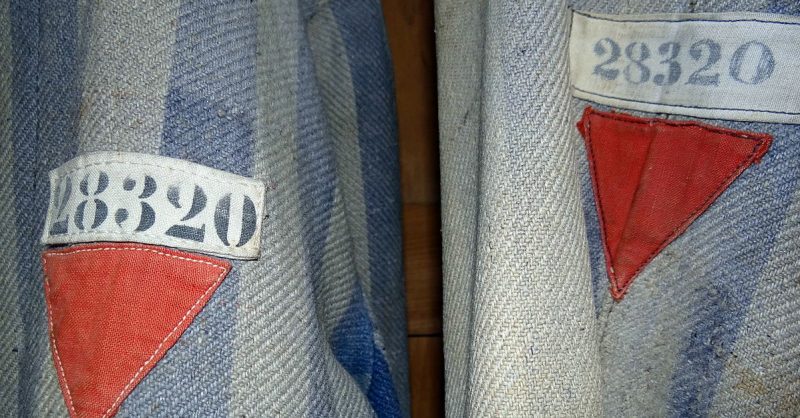Jillian Eisman realized the significance immediately of the blue gray striped jacket when she saw the item priced at two dollars.
She knew exactly what the clothing was even before seeing the number ‘84679’, said Eisman who had been digging through a crammed closet during a tag sale in Long Island. Only a prisoner at the Dachau concentration camp during the Second World War would have worn such a piece of clothing. Eisman donated it to New York’s Kupferberg Holocaust Centre.
Curators there not only exhibited the jacket, but also learned the partial biography of the teenager who wore it: Benzion Peresecki, 15, later to become Ben Peres. Thanks to the serial number and meticulous records that he retained but was not found by his daughter until long after he passed away.
It was known to them that her grandmother and father had both been swept up in the Holocaust, explained Lorrie Zullo, who was 13 when a stroke in 1978 killed Peres. They knew his brother had been murdered, but her father said little about it.
Michael Peres, her brother who was 15 when their dad died, said Ben wanted to protect the children. He witnessed people dying daily.
Exhibit curator Cary Lane said Peresecki wasn’t killed when Nazi’s occupied his Lithuanian country because he was 15. Had he been 16 or older, death would come quickly as it did to his father and 17-year-old brother. He was detailed to work producing munitions. Years later he wrote about the beatings he underwent as a captive.
Peres lived in a displaced persons camp for four years, where he and his mother reunited. He used the time profitably earning a high school equivalency qualification. In due course, he made his way to the United States and lived in a number of locations in New York City with his wife and mother. He qualified as a mechanical engineer after he obtained his degree from the Cooper Union in Manhattan, AP News Archive reported.
He was a loving, warm man, his daughter said. Dad was kind of like the adhesive of the family.
Zullo said she was astounded when she learned the jacket was found hidden in a closet in the house where she grew up but then, she hadn’t looked through the closet before the tag sale. What are the chances of someone finding it, recognizing it for what it is and subsequently donating it to the right place?
